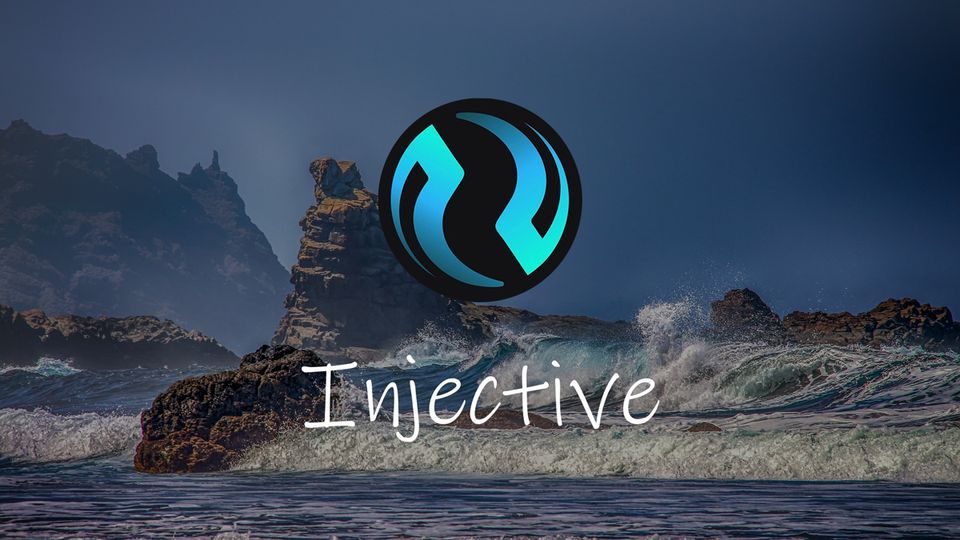What is Injective Protocol? Layer 2 DeFi Protocol for Derivatives Exchange

Injective Protocol is a cross-chain decentralized finance (DeFi) protocol to power deep liquidity trading across various financial products. The protocol aims to build a decentralized exchange (DEX) that matches the liquidity and convenience found on centralized exchanges (CEXs). As a result, it will provide users with features such as perpetual swaps, futures, and spot trading. Additionally, it provides rewards, staking, and liquidity mining through the platform’s governance token INJ.
What is Injective Protocol?
Injective Protocol uses technology in the Ethereum and Cosmos ecosystem. It features fast cross-chain trading without scalability issues or expensive gas fees. In fact, with its Tendermint Proof of Stake consensus algorithm, Injective Protocol will provide decentralized trading with zero gas fees. This happens by leveraging Cosmos SDK module’s native interoperability peg zones. Essentially, the Injective Protocol intends to create a network that is censorship resistant, publicly verifiable, trustless, and front-running resistant.
Key Features
- Layer 2: Injective Protocol is 100% decentralized much like a DEX on Ethereum, but charges zero gas fees and achieve fast trading speeds.
- Any Market: With just a price feed, Injective enables users to create and trade on any derivative market. Meaning users will have opportunities to trade any asset or commodity.
- Cross Chain: Both ETH and ERC-20 tokens will be transferable via a bridge (in both directions) between Ethereum and the Injective Chain.
- Yield Generation: Injective can also provide users with DeFi yield generating opportunities by accessing Layer-1 blockchain network products such as Curve or Yearn on Ethereum.
- Liquidity Mining: The protocol will attract continuous growth that users can capture via its native liquidity mining programs.
- Community Governance: INJ token holders will form a Decentralized Autonomous Organization (DAO) to vote on new listings, network changes, and protocol upgrades.
Injective Token (INJ) Use Cases
The protocol’s native token INJ has a total supply of 100 million tokens. Currently, there are only around 15.2 million tokens in circulation. Furthermore, team plans to distribute INJ tokens over the next 3 years, with the bulk going towards ecosystem development and community growth. As a result, you should keep your eyes open for some attractive yield farming opportunities once the platform goes live.
Other use cases for INJ tokens are as follows.
- Discounts: Users holding INJ will receive a discount on trading fees.
- Staking: Earn rewards in INJ tokens by participating in consensus via staking.
- Governance: Injective Protocol will be a community-driven platform, meaning the INJ token provides voting power over proposals and parameters.
- Passive Income: There is a second form of staking where users who choose to lock up their INJ tokens for set periods can receive passive income.
- Market Making: Deep liquidity is the key to success for a decentralized trading protocol, therefore, rewards in INJ tokens will be available to incentivize liquidity providers.
Final Thoughts
Centralized exchanges continue to face regulation and security concerns from their users. Just take a look at BitMex’s recent legal troubles over money laundering or OKEx suspending withdrawals. Given that Injective Protocol’s design should provide the liquidity of a CEX along with its ease of use while ensuring user funds remain in their control, the recipe looks like a winner. Furthermore, the focus on immediate cross-chain interactions with DeFi enthusiasts on Ethereum sounds very promising for quick INJ adoption.
